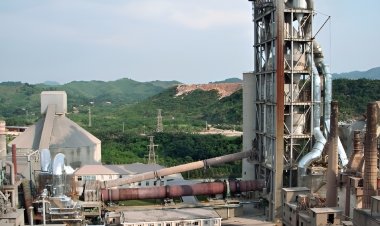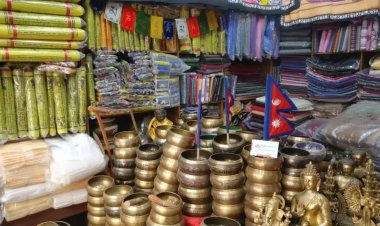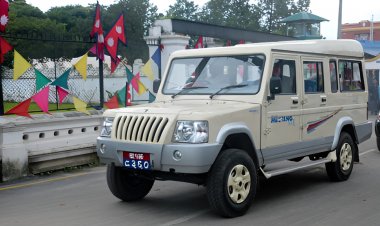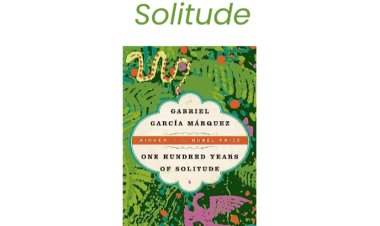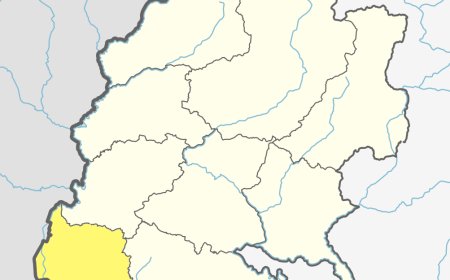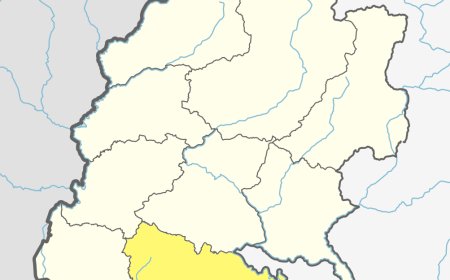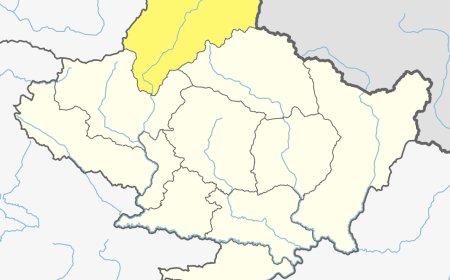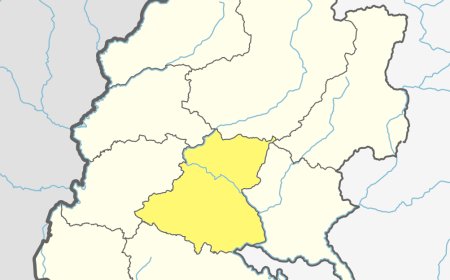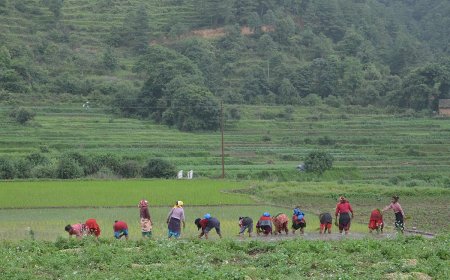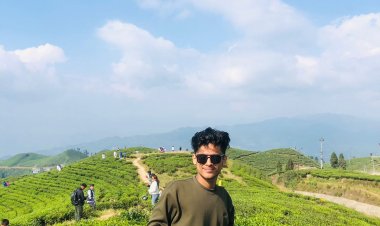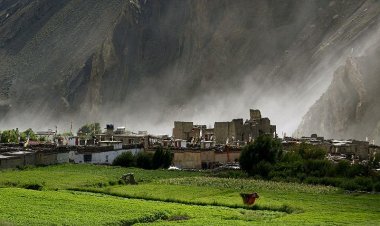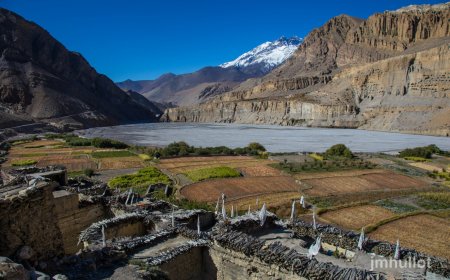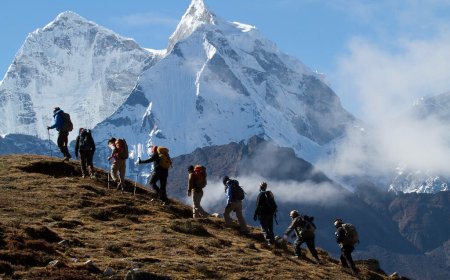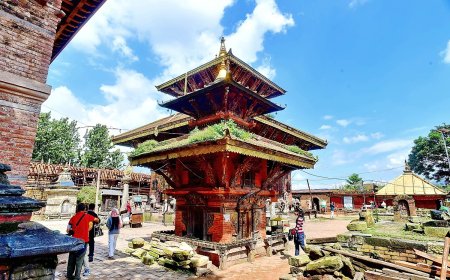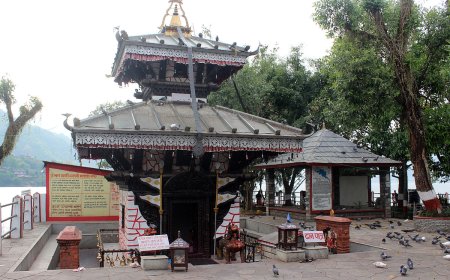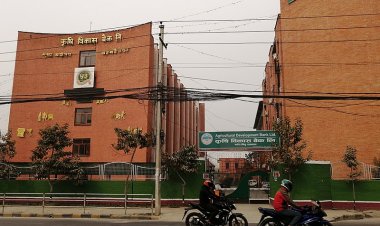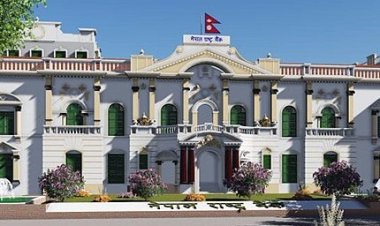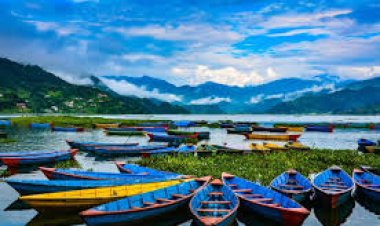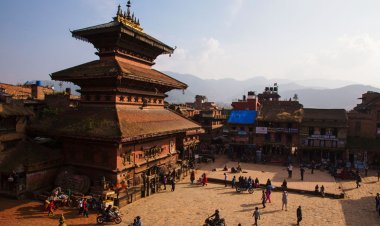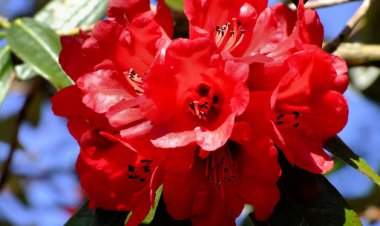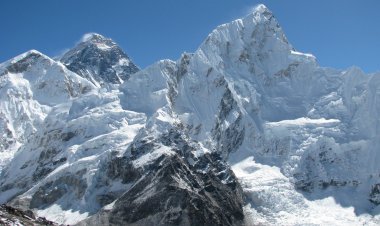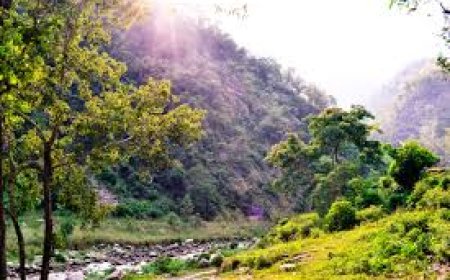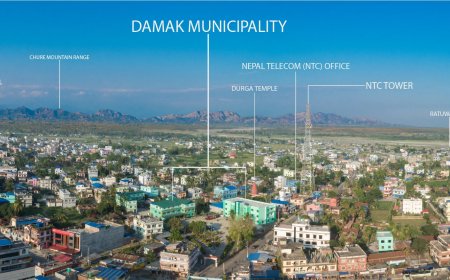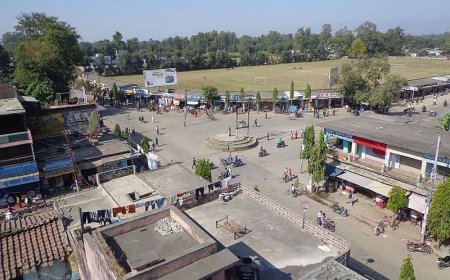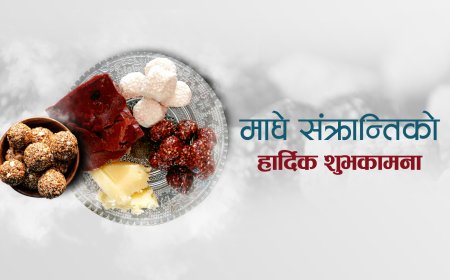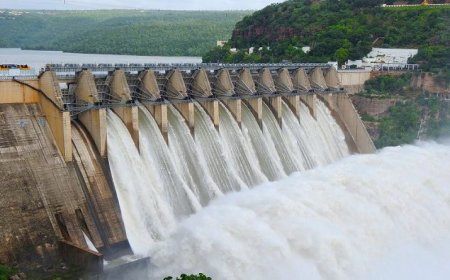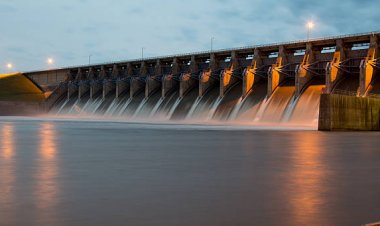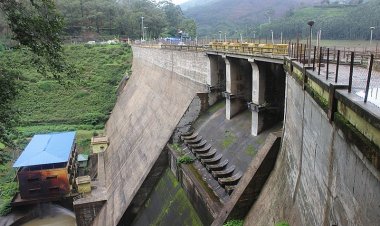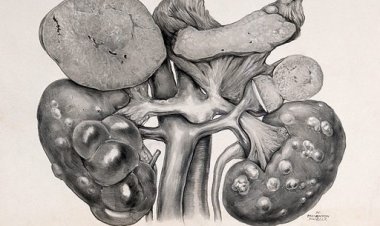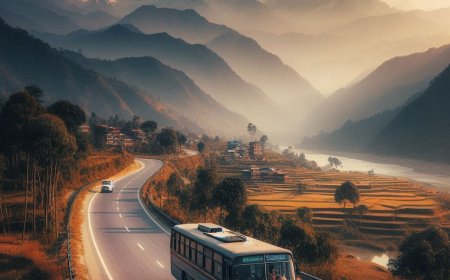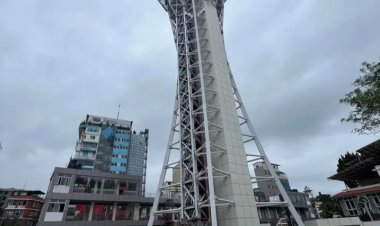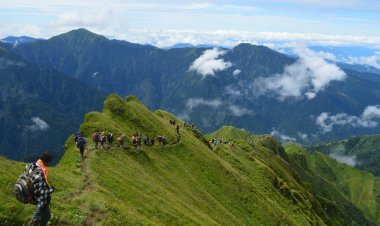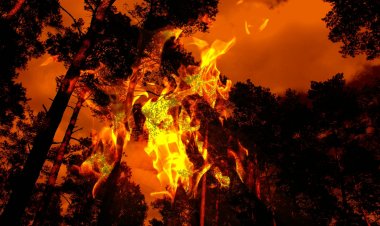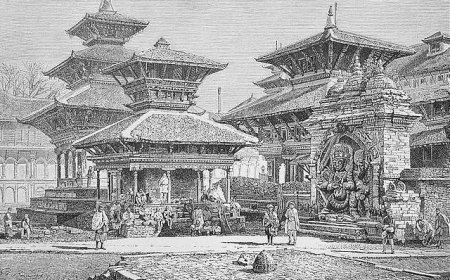Surkhet: Gateway to Karnali with Beauty and Cultural Richnes
Let’s explore Surkhet district’s valleys, culture, and historical landmarks, making it the dynamic gateway to Nepal’s Karnali region.
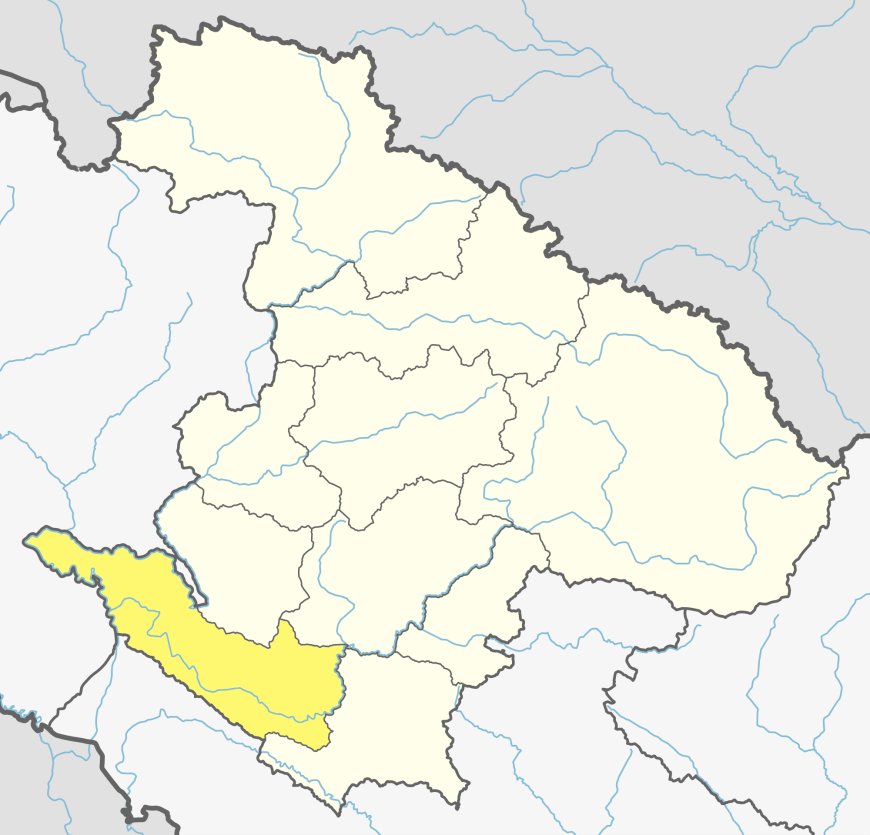
Introduction

Surkhet is a stunning district located in the western region of Nepal, celebrated for its natural beauty, cultural diversity, and growing economic significance. Located in Karnali Province, this district serves as a gateway to the mid-western hills and is renowned for its blend of picturesque landscapes, historical landmarks, and dynamic communities. This district is headquartered in Birendranagar, a bustling city that acts as a hub for commerce and culture. With its serene valleys, rolling hills, and significant cultural heritage, Surkhet is a destination that offers something for every traveler, from nature enthusiasts to cultural explorers.
Geographical Overview
Covering an area of 2,488 square kilometers, this district has a diverse topography that ranges from fertile valleys to undulating hills. Its elevation spans from 200 meters to 2,300 meters above sea level, contributing to a variety of climatic conditions and ecosystems. This geographical diversity supports the district's rich biodiversity and agricultural productivity.
The Bheri and Karnali rivers are major waterways that traverse Surkhet, playing a crucial role in irrigation, transportation, and hydropower generation. The district’s subtropical to temperate climate ensures a lush green environment, with warm summers and mild winters.
Table: Geographical Features
|
Feature |
Data |
|
Total Area (sq. km) |
2,488 |
|
Altitude Range (m) |
200–2,300 |
|
Major Rivers |
Bheri, Karnali |
|
Climatic Conditions |
Subtropical to Temperate |
Demographics
This district is home to approximately 400,000 people, representing a diverse mix of ethnic groups. The Tharu community forms the largest group, followed by Brahmin, Chhetri, Magar, and other indigenous groups. Nepali is the most widely spoken language, complemented by Tharu, Magar, and other local dialects that reflect the district’s cultural variety.
Traditional festivals and rituals play a significant role in the daily lives of the people in this district , showcasing the unique traditions and spiritual practices of the local communities.
Table: Ethnic Composition
|
Ethnic Group |
Percentage (%) |
|
Tharu |
30% |
|
Brahmin |
25% |
|
Chhetri |
20% |
|
Magar |
15% |
|
Other Groups |
10% |
Cultural and Historical Significance
This district’s cultural heritage is deeply rooted in its diverse population. The Tharu community celebrates unique festivals such as Maghi, marking the New Year and the harvesting season. Similarly, Hindu festivals like Dashain and Tihar are observed with great enthusiasm across the district.
Historical landmarks, such as Kakrebihar, a 12th-century Buddhist monastery, and Bulbule Taal (spring-fed lake), highlight the district’s rich cultural and spiritual significance. These sites draw visitors from all over Nepal and beyond, offering insights into the district’s historical and religious legacy.
Table: Key Festivals
|
Festival |
Month |
Significance |
|
Maghi |
January |
Tharu New Year and harvest festival |
|
Dashain |
October |
Hindu festival of victory |
|
Tihar |
November |
Festival of lights |
|
Holi |
March |
Festival of colors |
Major Attractions and Activities
This district’s natural and cultural attractions make it a must-visit destination for travelers. The pristine Bulbule Taal, also known as the “Spring of Surkhet,” is a peaceful spot perfect for picnics and relaxation. Kakrebihar, a historic monastery site, offers glimpses into ancient Buddhist art and architecture.
The Bheri River is a popular destination for white-water rafting and fishing, while the rolling hills around Birendranagar provide excellent trekking opportunities. Traditional Tharu villages offer cultural immersion experiences, where visitors can participate in local festivities and learn about indigenous lifestyles.
Table: Major Attractions
|
Attraction |
Location |
Highlight |
|
Bulbule Taal |
Birendranagar |
Scenic lake fed by natural springs |
|
Kakrebihar |
Surkhet Valley |
Ancient Buddhist monastery |
|
Bheri River |
Central Part |
White-water rafting and fishing |
|
Tharu Villages |
Outskirts |
Cultural immersion and traditional crafts |
Activities like bird watching, hiking, and exploring local markets also add to the charm of visiting this district. The district’s focus on eco-tourism ensures that its natural and cultural resources are preserved for generations to come.
Economic Overview
Agriculture is the backbone of this district’s economy, with crops like paddy, maize, wheat, and mustard being widely cultivated. The district is also a significant producer of honey and medicinal herbs, contributing to its economic sustainability.
Tourism is an emerging industry, fueled by attractions such as Kakrebihar and Bulbule Taal. Handicrafts, including bamboo products and traditional Tharu ornaments, are gaining popularity, providing livelihoods while preserving local art forms.
Table: Economic Highlights
|
Sector |
Contribution |
|
Agriculture |
Paddy, maize, wheat, mustard, honey |
|
Tourism |
Kakrebihar, Bulbule Taal |
|
Handicrafts |
Bamboo products, Tharu ornaments |
Conclusion
Surkhet is a district of remarkable beauty and cultural richness, offering visitors an authentic experience of Nepal’s western region. From its peaceful Bulbule Taal to the historic Kakrebihar monastery, the district is a treasure trove of natural and cultural wonders. With its diverse communities, vibrant festivals, and growing eco-tourism initiatives, this district promises an unforgettable journey for every traveler. Whether you are drawn by its tranquil landscapes, historical landmarks, or warm hospitality, this district is sure to leave a lasting impression on your heart.
Frequently Asked Questions (FAQs)
-
Where is Surkhet located?
Surkhet is situated in the western region of Nepal, in Karnali Province.
-
What is Surkhet best known for?
The district is renowned for Kakrebihar, Bulbule Taal, and the Bheri River.
-
Which rivers flow through Surkhet?
The Bheri and Karnali rivers are the major rivers in Surkhet.
-
What is the dominant ethnic group in Surkhet?
The Tharu community forms the largest ethnic group in the district.
-
What are the major crops grown in Surkhet?
Paddy, maize, wheat, and mustard are the primary crops grown in Surkhet.
-
What is the best time to visit Surkhet?
Spring (March to May) and autumn (September to November) are the best seasons to visit Surkhet.
-
What cultural festival is celebrated by the Tharu community?
The Tharu community celebrates Maghi to mark the New Year and harvest season.
-
What is the significance of Kakrebihar?
Kakrebihar is an ancient Buddhist monastery known for its historical and architectural value.
-
What makes Bulbule Taal special?
Bulbule Taal is a spring-fed lake, offering a tranquil environment for relaxation and picnics.
What's Your Reaction?































